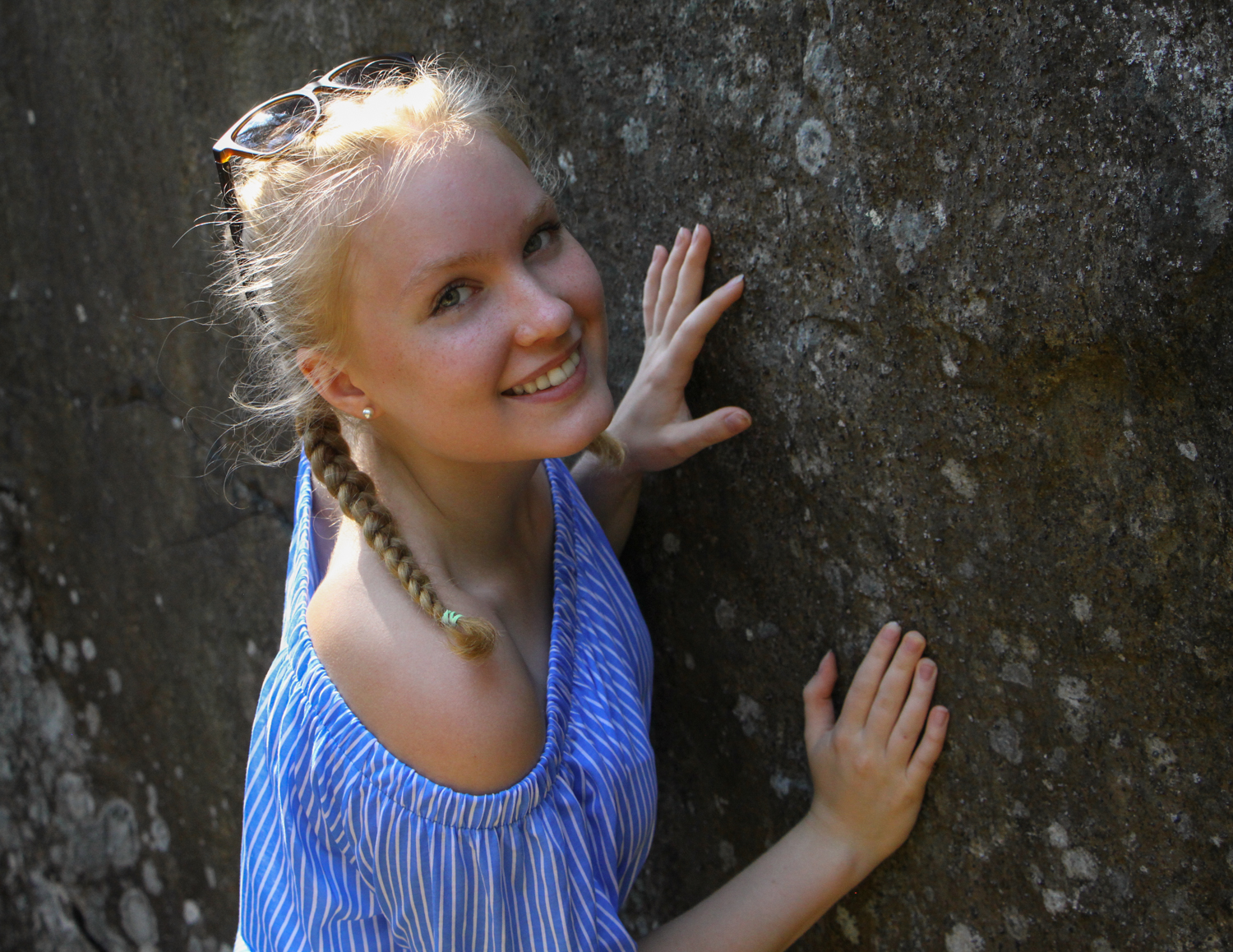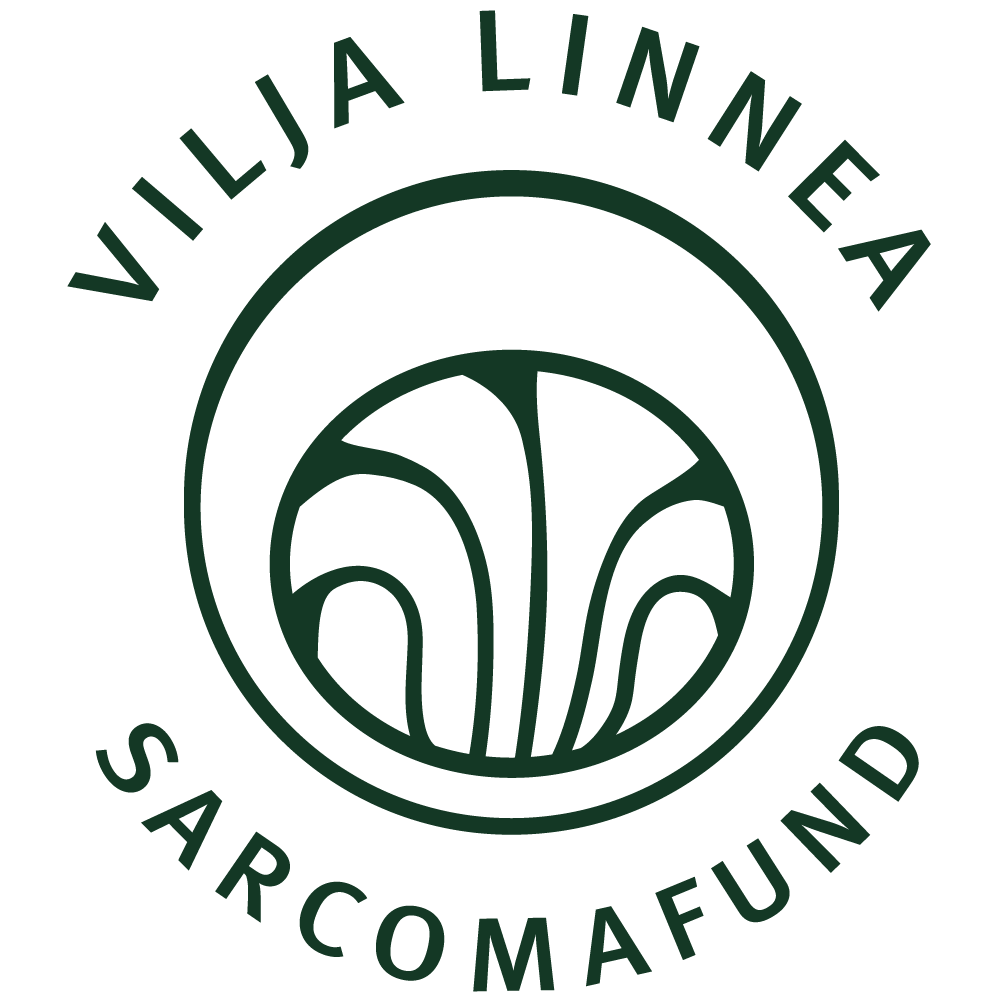Some rare sarcoma cancers are diagnosed almost exclusively in children and young adults
February 29th is the global Rare Disease Day. In the European Union, cancer is defined as rare if it is diagnosed in less than six patients per one hundred thousand people per year.
In Finland, approximately 7000 cancers that are defined as rare are diagnosed annually. This accounts for about one-fifth of all cancers diagnosed annually.
“A wide range of tumor diseases are classified as rare cancers. For example, almost all cancers originating from bone and soft tissues, i.e., sarcomas, are classified as rare cancers. The spectrum of sarcomas is extensive, and some of them occur almost exclusively in children and young people,” says Professor Tom Böhling from the RaCaRe research group at the University of Helsinki.

Image: Vilja Linnea Alve’s home album
The need for targeted therapy is significant
Cancer treatments have advanced. However, those afflicted with rare cancers have only a small chance of receiving modern targeted therapy, similar to those with breast or prostate cancer.
The rarity of rare cancers presents challenges. With small patient numbers, compiling large datasets and patient numbers for research and treatment trials is difficult.
“Because these are very different types of cancers, symptoms, treatments, and prognoses vary greatly. The same applies to molecular-level changes,” says Ph.D., docent Outi Monni from the iCAN-RARE cancer project. The project is part of the iCAN flagship project for digital precision cancer therapy funded by the Academy of Finland and coordinated by the University of Helsinki and HUS.
Research has also improved the prognosis for some rare cancers in recent decades.
“For example, targeted therapy for gastrointestinal stromal tumors, known as GIST, began in Finland at the turn of the millennium. Now, this targeted drug, first tried in GIST treatment in Finland, is used worldwide,” Monni says.
The range of symptoms is vast – does the diagnosis match?
The rarity of the disease is also a diagnostic challenge. It’s difficult to link diverse symptoms to a serious illness. In these cases, the window of time for a correct diagnosis and thus the initiation of treatment becomes prolonged.
“A growing lump appearing on the leg may not necessarily be considered worthy of a doctor’s visit. A young person’s fatigue is often seen as school stress, even though it may be fatigue caused by cancer. By increasing awareness and research, we can create better conditions for initiating treatment without delay for those afflicted with rare cancers such as sarcoma,” says Tom Böhling.
INFO: Rare cancers
• Every year, approximately one-fifth of new cancer patients receive a diagnosis of a rare cancer. This equates to around 7,000 cases per year.
• Rare cancers can be roughly divided into two categories:
1. Cancer types that are rare themselves, such as sarcomas.
2. Rare forms of more common cancers.
• Almost all cancers in children and young adults are rare. Compared to common cancers, the five-year survival rates for rare cancers are generally poorer.
• Since 2008, International Rare Disease Day has aimed to raise awareness of rare diseases and conditions and highlight the equal rights of individuals affected by rare diseases to healthcare, accurate diagnosis, and treatment.
• The ongoing rare cancer project iCAN-RARE in Finland explores the characteristics of cancerous tumors and the surrounding tissue at the molecular level. The goal is also to facilitate access to targeted therapies for rare cancer patients. iCAN-RARE is part of the iCAN – Digital Precision Cancer Medicine project (http://www.ican.fi).
• The Rare Cancers Research Group (RaCaRe) is a multidisciplinary group investigating sarcomas.
• Vilja Linnea’s Sarcomafund, named after Vilja Linnea, who passed away from osteosarcoma at the age of 20, is one of the funds of the Finnish Medical Foundation. The purpose of the Sarcomafund is to increase awareness of sarcomas, support collaboration, research, education, and the development of treatments related to sarcomas. Learn more about Vilja Linnea’s story and the Sarcoma Fund here: Link to Vilja Linnea’s story
Contact
Outi Monni
Docent
iCAN-RARE -rare cancer project
outi.monni@helsinki.fi
Tom Böhling
Professor
University of Helsinki, RaCaRe -research group
tom.bohling@helsinki.fi
Mirja Alve
Chargé d’affaires
Vilja Linnea’s Sarcomafund
Puh: +358 50 515 0010
mirja.alve@sarkoomarahasto.fi

